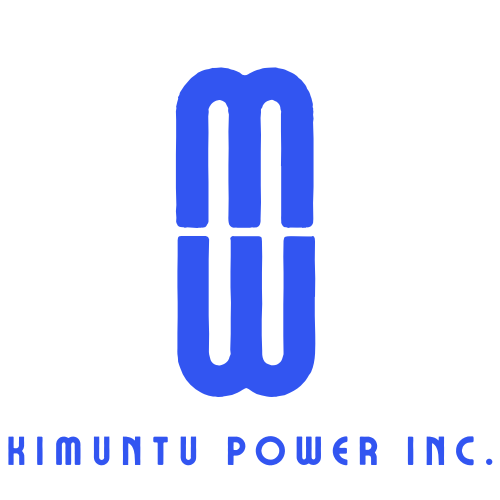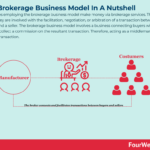Digitalization has significantly transformed the benefits brokerage industry, bringing it into the modern era. Here are five ways in which digitalization has impacted and benefited today’s benefits brokerage:
- Automation and Efficiency:
- Online Enrollment Platforms: Digitalization has led to the development of online enrollment platforms, allowing employees to easily sign up for benefits, make changes, and access information at their convenience. This not only reduces paperwork but also streamlines the entire enrollment process, making it more efficient.
- Automated Processes: Digital tools automate various administrative tasks such as processing claims, updating employee records, and managing compliance. This automation minimizes errors, reduces the time spent on manual tasks, and enhances overall operational efficiency.
- Data Analytics for Informed Decision-Making:
- Data-Driven Insights: Digital tools enable benefits brokers to gather and analyze large sets of data. This data can be used to identify trends, assess the effectiveness of different benefit programs, and provide valuable insights to clients. Brokers can use this information to tailor benefit offerings to better meet the needs of specific employee populations.
- Predictive Analytics: With the help of predictive analytics, benefits brokers can anticipate future trends and recommend proactive strategies to clients. This can include predicting healthcare utilization patterns, identifying potential cost drivers, and offering solutions to mitigate risks.
- Personalization of Benefits Packages:
- Customized Communication: Digital platforms allow benefits brokers to communicate with employees in a more personalized manner. Targeted messaging can be used to educate employees about their benefits, helping them make informed decisions based on their individual needs and preferences.
- Flexible Benefits Platforms: Digitalization facilitates the creation of flexible benefits platforms, allowing employees to tailor their benefit packages to suit their unique circumstances. This personalization enhances employee satisfaction and engagement.
- Enhanced Employee Experience:
- Mobile Accessibility: Digital tools enable employees to access their benefits information anytime, anywhere, using mobile devices. This accessibility improves the overall employee experience and ensures that individuals have easy access to important information about their benefits.
- Self-Service Portals: Self-service portals empower employees to manage their benefits independently. This includes making changes to their coverage, accessing plan details, and reviewing important documents. Self-service options reduce the administrative burden on HR departments and provide employees with greater control over their benefits.
- Compliance Management:
- Digital Compliance Tools: Keeping up with regulatory changes and ensuring compliance can be challenging. Digital tools help benefits brokers stay current with regulations and manage compliance more effectively. Automated compliance checks can be integrated into systems to reduce the risk of errors and ensure that benefit programs align with the latest legal requirements.
- Document Management: Digital platforms facilitate secure storage and retrieval of important compliance-related documents. This ensures that benefits brokers have easy access to the necessary documentation during audits and regulatory reviews.
In summary, digitalization has revolutionized benefits brokerage by automating processes, leveraging data analytics, personalizing benefits packages, enhancing the employee experience, and improving compliance management. These advancements contribute to a more efficient, responsive, and employee-centric benefits brokerage landscape.








